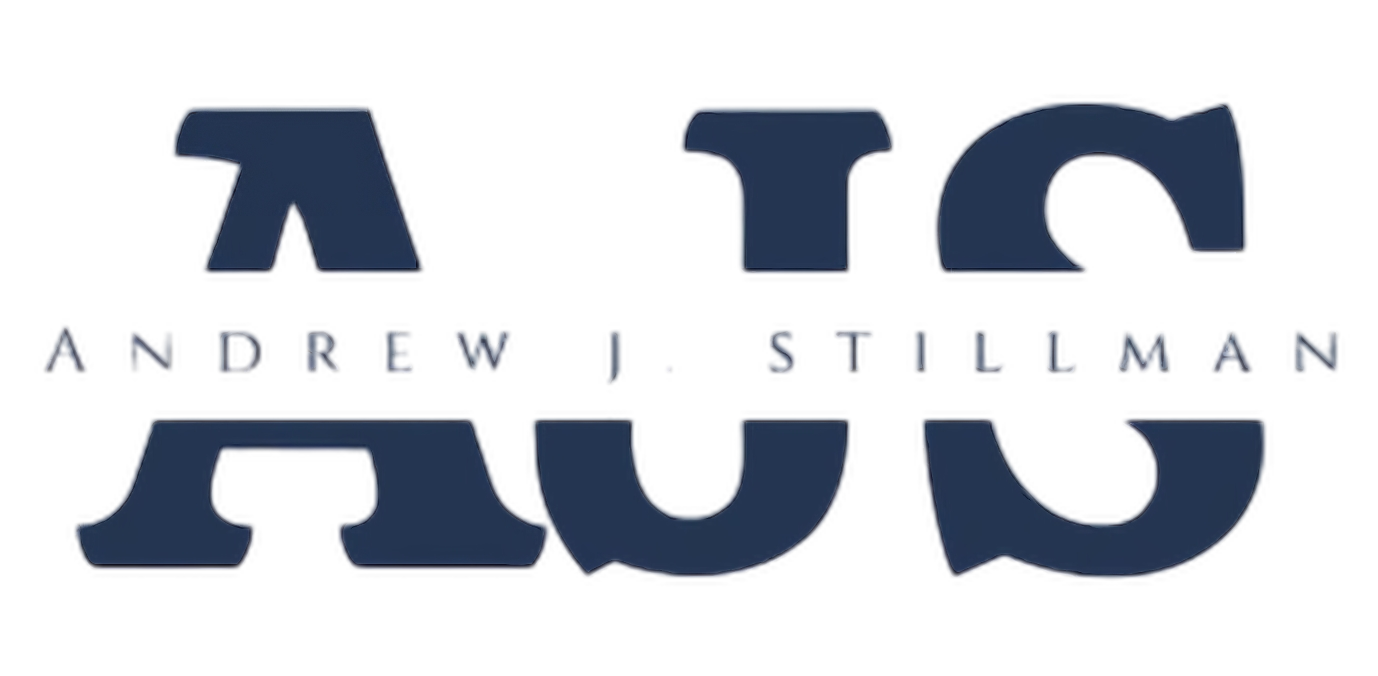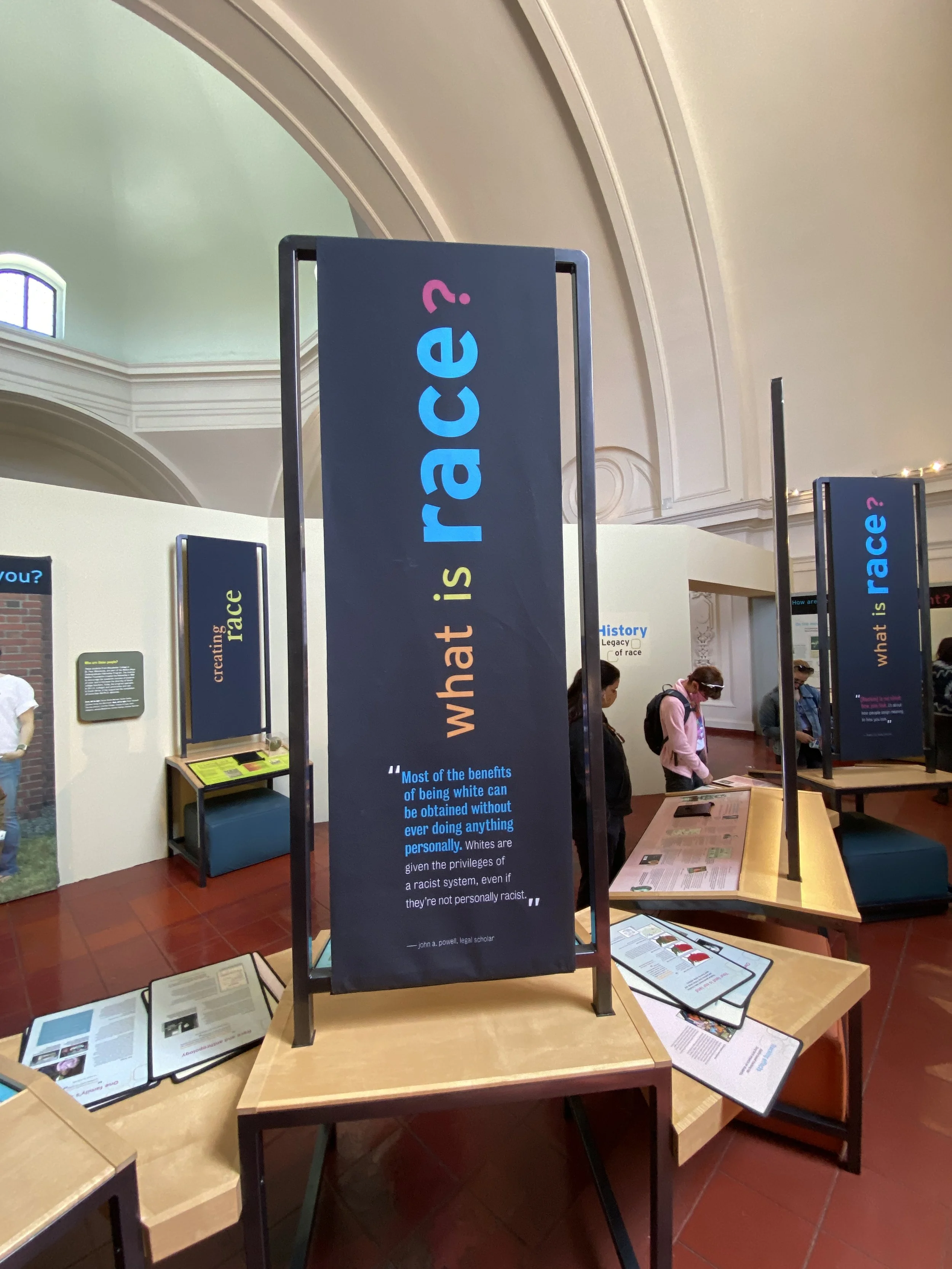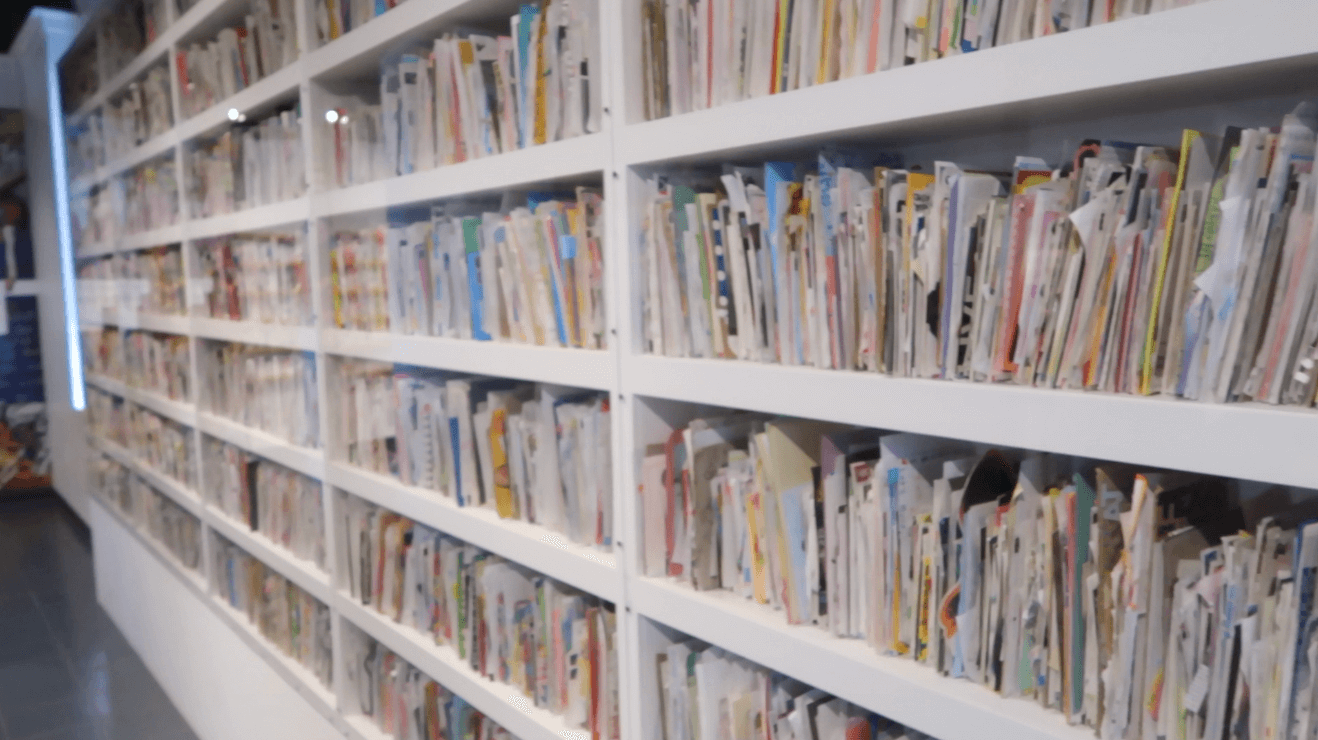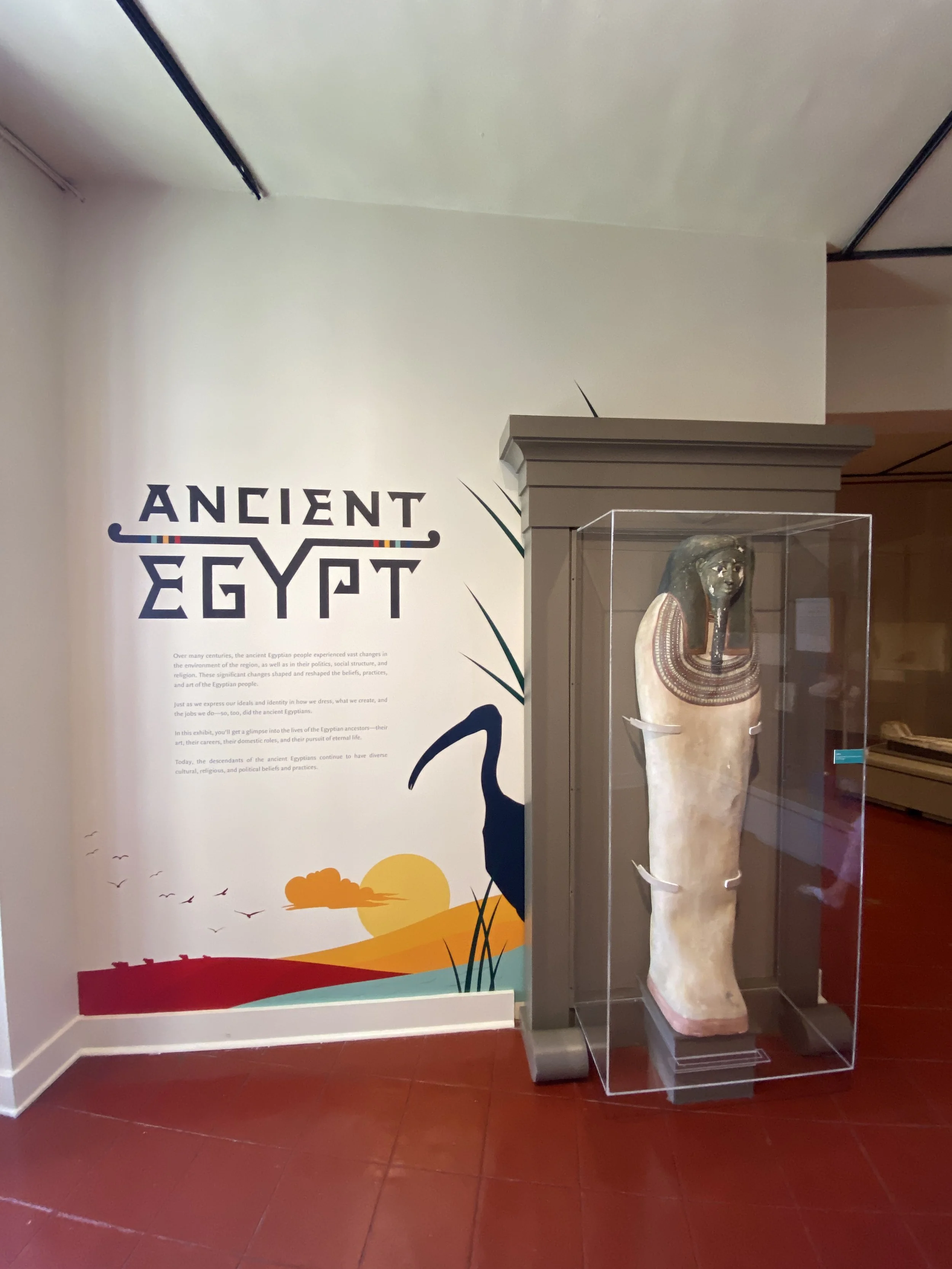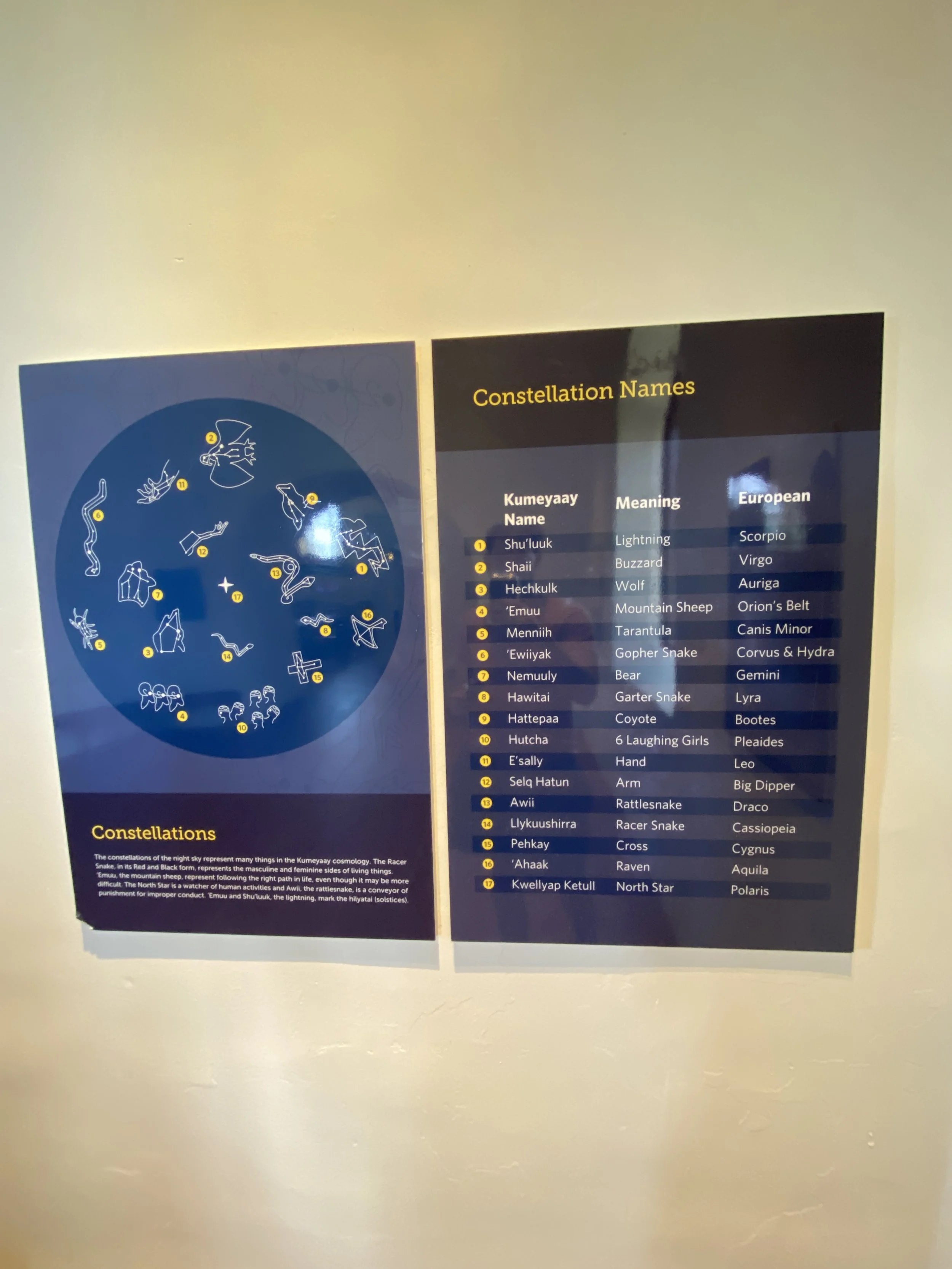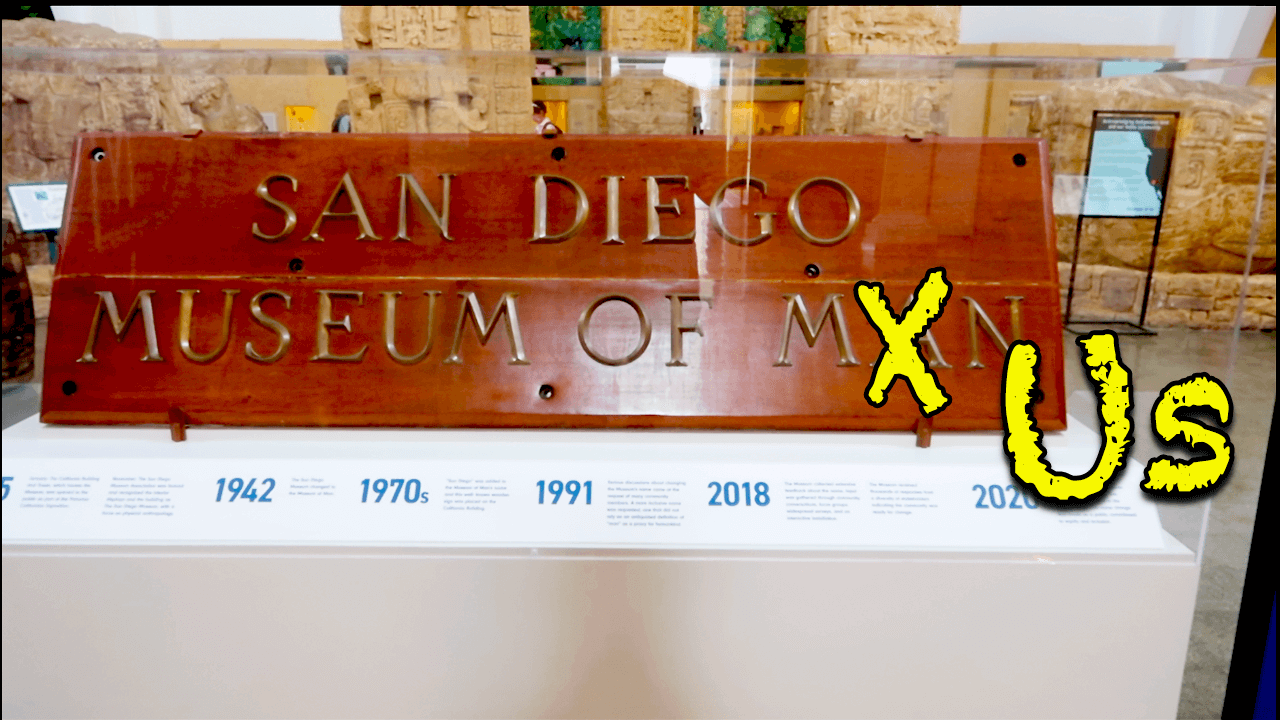
Educated (And Partially Disturbed) in San Diego's 'Museum of Us'
The Museum of Man — now renamed to “The Museum of Us” — is an absolute must-visit in San Diego’sBalboa Park. Across a slew of exhibits and artifacts, travel through time and cultures to witness the evolution of mankind as we know it.
And no, I’m not talking about the evolution of man from monkeys.
I’m talking about man as a society, as a culture, as a race.
Read on for more information about the exhibits. You can purchase tickets for the museum before you visit. If you're a local, consider purchasing the annual pass for access to all of Balboa Park's museums.
Maya: Heart of Sky, Heart of Earth
Anyone alive in 2012 is probably more than a little familiar with the Mayans. Just in case you weren’t paying attention, according to the Mayan calendar, the world was meant to come to an end on December 21, 2012.
Part of that idea came from the various hieroglyphs the Mayans created, with a particular focus on their interests in time.
Immediately upon entrance to the museum, get a taste of those glyphs for yourself.
Obviously, the world as we know it didn’t come to a cataclysmic end as seen in movies like 2012.Although, can we pause for a moment to reflect on the fact it’s almost been an entire decade since that phenomenon?
Yikes.
Regardless, seeing the hieroglyphs and art from the Mayan culture is an incredibly rewarding experience at the Museum of Us.
Part of the Mayan’s interest in time resulted in “The Creation Myth” hieroglyph, which details the times and dates of the “fourth cycle of time” beginning on August 13, 3114 B.C.
For what it’s worth, the December 21, 2012 business focused more on the end of “that cycle of time” as we were meant to enter into a new one.
And, really…
Who’s to say we didn’t?
Does Race Even Exist?
Up the stairs from the Mayan exhibit is one that focuses on a bit more of a touchy subject: Race.
This exhibit is tied in with one called Inter+FACE.
Up here, you can learn about how the idea of “race” was created by mankind and how it has developed over time. How society used to care more about money and religious affiliations than skin color.
And, of course, how that's changed.
On the Inter+FACE side of things, models were asked to define themselves based on their race. Or, rather, how the labels of their race have affected them throughout their lives. There are models from 1915 that were only defined by the color of their skin, but were never able to speak for themselves. The Inter+FACE project is meant to allow those voices to tell their own stories and help bridge the racial gaps created by society.
PostSecrets at the Museum of Us
You may have heard of PostSecret. If you haven’t, it’s a book originally published in 2005 where people wrote their secrets. It started off as a blog before it was mistakenly shut down and marked as a “spam blog.” (It has since reopened.)
The exhibit in the Museum of Us, however, is anything but spam.
There are so many secrets written throughout this exhibit, and you’re even invited to create and share your own postcard.
You should note, however, that there are multiple warnings about some of the content in these secrets. Some are fun and lighthearted (like “I’m in love with my best friend”), and others… maybe not so much.
Regardless, this was one of the most fun exhibits here. It really is crazy what people are willing to share under the guise of anonymity.
What will your secret be?
Which one was mine?
The Museum of Us Teaches About Living with Animals
Another interesting — and sometimes unsettling — exhibit is man’s relationship with animals.
We all know dogs are “man’s best friend,” but there’s a very rich history with our relationship to these creatures we don’t deserve.
Personally, one thing I found interesting was the exhibit that stated dogs as our oldest allies, and cats as a product of city living.
What’s unsettling about that, you ask?
Nothing so much about our relationship with dogs. There are, however, bits and pieces that talk about how humans created pests like roaches and rats. There are also virtual “meals” that discuss the animals we eat versus the animals we cuddle up to on the couch.
Humankind’s relationship with animals is certainly interesting, especially as we, as a species, are also considered animals.
But I’ll get to some of the more disturbing details of our heritage in a minute.
Travel Back Into Ancient Egypt
First, let’s take a step into Ancient Egypt.
I.
Love.
Egpytian.
Culture.
The sphinxes, the pyramids, the Egyptian hieroglyphs, the sarcophagi, mummies, all of it.
Egyptian life was one of the only cultures I paid attention to in history class.
And, in case you’re wondering:
Yes.
There are real human remains in those coffins.
Back in 2018, eight people were actually removed from display and moved into a sanctuary space. With respect to the descendants, the museum reaches out to see how to best care for the remains.
You can check out their policy on human remains here.
Kumeyaay: Native Californian Exhibit
As with Egyptian culture, I love learning about the Native Americans. Here, you can learn about the Kumeyaay Peoples, who still have an active presence in San Diego.
Outside of learning about their lives — from basket weaving to pottery — one of my favorite parts of this exhibit is the Cosmology Dome.
Anyone who’s ever spent time stargazing has a general understanding of the mapping of stars. We’ve all heard of constellations like the Big Dipper or Orion’s belt.
The Kumeyaay People were no different.
In this portion of the exhibit, learn about the names the indigenous people of California use to chart the skies. The cosmological beliefs in this tribe may be similar to the ones Europeans subscribe to, but I loved learning about the differences. Even different names are so interesting to me.
The fact that this is the first-ever museum exhibit about Kumeyaay astronomy is just another plus.
The Museum of Us Proves Beer is Cultural in BEERology
Of all the exhibits I expected to see in the Museum of Us, I must admit, an entire display about beer was not on that list.
But I’m not mad about it.
As a former bartender who’s worked at a brewery, I never thought too much into the full history of beer.
I didn’t know that China had the oldest beer.
Or that Egyptians used to pay workers in gallons of beer per day.
Nor that the Incas made corn beer and believed in drinking it in the afterlife.
Really, I had no concept of how deep into civilization and culture beer went. Perhaps that explains the furthered interest and incredible amount of breweries that exist throughout the world now.
Anybody else wish they could pay people in beer? Might make rent a lot easier, no?
Cannibals: Myth & Reality -- The Most Intriguing Display in The Museum of Us
Sink your teeth into some human flesh and wash it down with a pint of blood over at the cannibal's exhibit across the street from the main museum.
Okay, okay.
You’re not actually going to eat anybody (hopefully), but boy did this exhibit pack a punch.
It’s not gory, which I was thankful for, but it was one of the most interesting — and disturbing — museum exhibits I’ve ever seen in my life.
And I read everything and watched every video. May have lost my appetite, but I've already been twice and definitely want to go again.
One thing that stuck out to me was the focus on empathy and understanding. We have situations like the Donner Party, of course, but I learned that cannibalism is actually much more common than we thought. Portions of the exhibit ask you to put yourself into the shoes of the cannibals and wonder whether you would do the same thing in their position.
There’s even a section that lists various body parts and has you place them in “cannibalism” or “not cannibalism” under the circumstance you consumed it.
I also learned that apothecaries used various body parts like fat and blood to help with ailments and diseases.
This is an exhibit that, while kind of strange in its own right, deserves to be visited a few times over to really understand the full impact of what it’s trying to teach us about… well, us.
